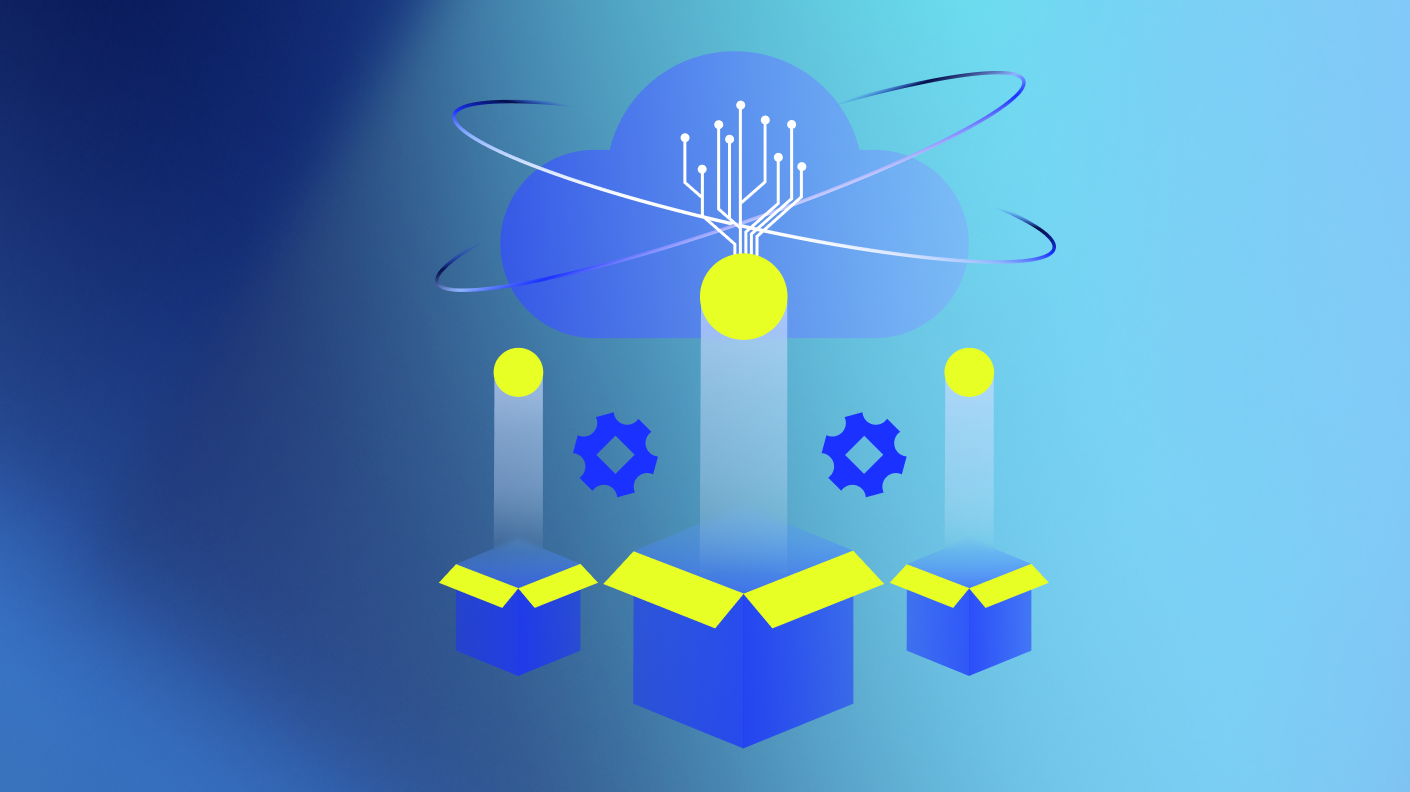What Is Hybrid Observability? A Healthcare IT Explainer


Healthcare IT environments have become incredibly complex. Think about everything running simultaneously in your organization: physical medical devices, cloud platforms, clinical applications like Epic, and patient-facing applications. Each component needs to work together seamlessly, much like how ICU monitors track multiple vital signs at once.
Many healthcare organizations still use monitoring solutions designed for simpler times, when systems were more isolated. Unfortunately, these tools often miss critical warning signs and can significantly slow down response times when every second counts.
Hybrid observability brings together visibility across every part of your healthcare IT infrastructure, regardless of where it lives. It provides the comprehensive, real-time insights that healthcare leaders need to maintain resilient, compliant systems that support quality patient care.
Healthcare IT systems require exceptional reliability, yet many organizations still work with fragmented monitoring solutions. This disconnect offers limited views without proper context, making problem identification much harder and extending downtime. This creates real risks for patient safety and regulatory compliance.
Consider this real example: A hospital’s infant protection security system went down. While the infrastructure looked stable on paper, it took 25 engineers and five full hours just to find the root cause. During that time, the hospital’s most vulnerable patients—newborns in the NICU and maternity wards—were left without automated security monitoring that prevents infant abductions and ensures immediate response to medical emergencies. Clinical staff had to perform manual security checks and constant visual monitoring, diverting critical resources from direct patient care and creating dangerous gaps in protection. For five hours, every minute posed potential life-threatening risks to infants who depend on continuous, automated monitoring for their safety and survival.
This is where hybrid observability makes a difference. Unlike traditional monitoring, hybrid observability extends beyond just tracking technology layers. It covers all the distributed environments typical in healthcare IT: on-premises medical devices, cloud-hosted EHRs, network infrastructure, and patient portals across hospitals, clinics, and remote care locations.
Instead of juggling separate data silos, hybrid observability provides one consolidated view. It’s similar to how clinicians integrate multiple diagnostic inputs such as vital signs, lab results, imaging data, patient history, and clinical observations to build a comprehensive clinical picture. Just as no single metric tells the complete story of a patient’s condition, isolated IT monitoring tools can’t reveal the full health of your healthcare technology ecosystem.
For healthcare IT, this translates to:
By bringing together alerts and performance metrics from different systems into one dashboard, hybrid observability dramatically reduces investigation time and enables faster, safer problem resolution. Healthcare organizations gain clear insight into how backend infrastructure and network performance directly affect patient care, helping IT teams work more effectively.
Unified visibility across healthcare IT systems significantly improves how we detect and resolve issues. However, the complexity of healthcare IT demands something more: artificial intelligence that can identify and address potential problems before they affect clinical care.
AI strengthens hybrid observability by adding intelligent, automated insights across your entire IT ecosystem.
These AI capabilities transform hybrid observability from a reactive monitoring approach into a proactive strategy for healthcare IT resilience. With AI support, teams can address issues before they escalate, maintaining stable, compliant clinical systems optimized for patient care.
Successful implementation starts with connecting your observability efforts to your healthcare organization’s core priorities: patient safety, system reliability, and regulatory compliance.
Look for a platform that provides:
Work closely with your vendor to ensure:
These steps help transform observability from a simple monitoring requirement into a core component of healthcare IT resilience and innovation.
Modern healthcare IT goes beyond keeping systems operational. It’s about delivering seamless, secure, patient-centered care within an increasingly complex digital environment. Hybrid observability provides the comprehensive visibility and AI-driven insights necessary to meet this challenge effectively.
By implementing a unified, intelligent observability platform designed for healthcare, IT leaders can minimize downtime, improve compliance, and give their teams the tools to act proactively before small issues become major incidents.
The future of healthcare IT requires resilience, flexibility, and innovation. Hybrid observability powered by AI provides the foundation for achieving all three.
© LogicMonitor 2026 | All rights reserved. | All trademarks, trade names, service marks, and logos referenced herein belong to their respective companies.
